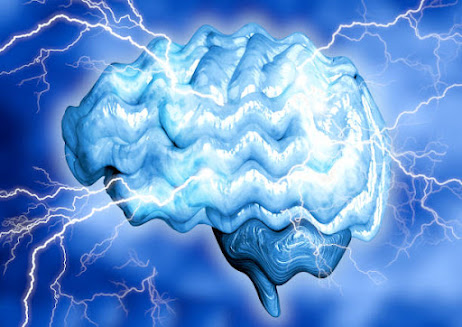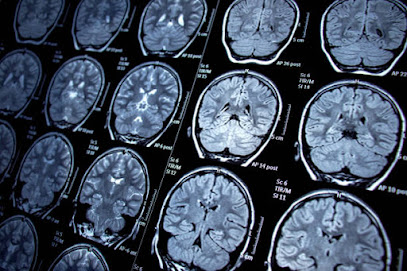Epilepsy drugs in development offer a new approach to treatment. With 1 in 10 people experiencing seizures in their lifetime.
Epilepsy is one of the most common chronic brain diseases, and 30 percent of those. The most common form does not respond to available treatments.
Researchers have found ways to use medications that target another aspect of epilepsy - inflammation of the brain. Tests on mice show it works
Neurologists have discovered a new drug to treat epilepsy.
A team of researchers from the City University of Hong Kong has found a way to treat temporal. Lobe epilepsy (TLE) in mice by suppressing neuroinflammation.
This form of epilepsy is one of the most common in the world. Although medications are available to treat symptoms, one-third of TLE patients do not respond to current treatment.
Have questions about the world's biggest topics and trends?
Answers SCMP Education is a new content-driven platform. With comments, questions, analysis, and infographics brought to you by our award-winning team.
Dr. Jeffrey Lau Chun-yue, associate professor of neurology, described the results as exciting and exciting.
Jeffrey Lau (left) and the research team Gu Annie and Li Huanhuan. Photo: Dr. Geoffrey Lau Chun-yue © South China Morning Post Provided by Geoffrey Lau (left) and research team Gu Annie and Li Huanhuan. Photo: Dr. Jeffrey Lau Chun-uses
"We have found a promising new drug candidate for the treatment of epilepsy that works through a novel mechanism. Our findings highlight the critical role of neuroinflammation in neurological disorders such as epilepsy," he said.
Epilepsy is one of the most common chronic brain disorders and is characterized by recurrent and spontaneous seizures. According to the American Academy of Neurology, 1 in 10 people will experience at least one seizure in their lifetime.
What causes epilepsy, what causes seizures, and what is the treatment?
World Health Organization statistics estimate that approximately 50 million people worldwide live with epilepsy. But 70 percent can live seizure-free if diagnosed and treated. In Hong Kong, the prevalence of epilepsy is about 1 percent of the population or 60,000 to 70,000 cases.
This condition has a variety of causes, including head trauma, genetics, viral or bacterial infections, and metabolic disorders.
Seizures are the result of abnormal brain wave flow. In normal people, this wave is harmonious and even. But people with epilepsy have chaotic waveforms and can cause seizures.
Epilepsy is one of the most common chronic brain disorders and is characterized by recurrent and spontaneous seizures. Photo: Shutterstock © South China Morning Post Epilepsy is one of the most common chronic. Brain diseases are characterized by recurrent and spontaneous seizures. Photo: Shutterstock
For 30 percent of patients with drug-resistant epilepsy, medications don't work, causing seizures that can be fatal.
Most antiepileptic drugs now target neurons and synapses in the brain. It is effective in changing neural circuits and synapses. But does not address another important pathology: neuroinflammation, which triggers an immune response in the brain.
By inhibiting the part of the brain that causes nerve inflammation. Scientists believe it is possible to treat epilepsy without side effects such as insomnia or mood swings.
How the brain works and how to keep it healthy
Lau and his team have identified a new organic molecule called D4 that can reduce nerve inflammation by targeting. Specific channels in the brain without blocking other parts. The team tested the effectiveness of treating TLE in mice.
The results, published in the journal PNAS, show that D4 suppresses the neuroinflammation associated. with TLE prevents seizures, and improves survival.
The main advantage of D4 is that it can be taken; previous drugs targeting the same area must be injected into the brain.
Most current antiepileptic drugs target neurons and synapses in the brain but do not treat inflammation. Photo: Shutterstock © Provided by South China Morning Post Most current anti-epileptic. Drugs target neurons and synapses in the brain but do not treat inflammation. Photo: Shutterstock
Studies have shown that one. dose provides strong protection against future seizures.
"We hope this will lead to new and better treatments for epilepsy patients," Lau said. His team is currently identifying new therapeutic targets to treat epilepsy.
Like what you read? Follow SCMP Lifestyle on Facebook, Twitter, and Instagram. You can also subscribe to our eNewsletter here.

.jpg)

Comments
Post a Comment